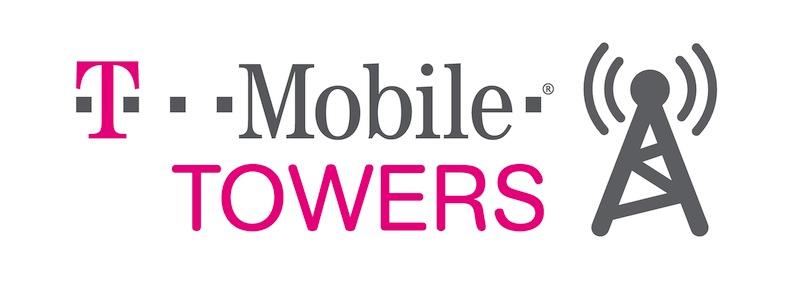T-Mobile Has A Plan To Boost Its LTE Network: “Moar Antennas For Everyone”
A major tip of the cap goes out to Kevin Fitchard over at GigaOM for nailing down this story on T-Mobile’s plan to “supercharge” its LTE network. As Fitchard points out right from the start, T-Mobile’s place as the last national carrier to launch a LTE network provides it with some extra benefits including using the most up-to-date radios on the market.
T-Mobile’s keeping silent on most of the details, but Fitchard and GigaOM uncovered some of the details T-Mobile has on its roadmap for the hardware rollout. The most impressive part Fitchard says is the “plan to blanket its network with extra antennas in order to achieve significant performance gains.”
This technique is called 4×2 MIMO (Multiple Input-Multiple Output) and T-Mobile will be one of the first operators globally to add this feature. If you’re into all the technical mumbo jumbo on the telecommunications side, you’ve probably heard the term “2×2 MIMO” which is the standard for all LTE networks today. T-Mobile’s 4×2 MIMO doubles the number of antennas and thereby the number of transmission paths for data at the tower while the number of antennas inside your device stays the same. Hence the increase to 4 while the 2 stays the same.
In simple speak, it means that more signals will come to your smartphone and a lot more antennas to pick up your phones weaker return signal. That means you have a better chance at getting a signal in an area where you typically find yourself on a fringe connection. This won’t increase the theoretical or real-world speeds the T-Mobile LTE network will be capable of, but it should make sure you can get a better connection to use those speeds.
Ok, so now that we know what T-Mobile is going to do, how does it translate in the real world? Nokia Siemens head of technology Petri Hautakangas said that during trials they saw speed gains at the cell edge as high as 100% on the uplink and anywhere from a 50-60% gain on the downlink. The result is a huge boost in the real-world capacity of the T-Mobile LTE network and support more connections at once while making all of those connections faster and less prone to drop-offs.
One big piece of this puzzle is the cost, or lack thereof given that the implementation of this 4×2 MIMO service requires simple upgrades to both Ericsson and Nokia Siemens hardware already installed and the mounting of new antennas on T-Mobile towers, many of which are already in place. As for the rollout itself, Hautakangas played coy talking about T-Mobile’s plans:
“I can say that in less than 12 months we’ll have a commercial 4X2 MIMO network rolled out with a major U.S. operator,” he said during an interview. NSN has only one Tier 1 radio infrastructure customer in the U.S., and that’s T-Mobile.
Fitchard did score a conversation with Mark McDiarmid, T-Mobile’s VP of radio network engineering and while he wouldn’t discuss any specifics, he did confirm that 4×2 MIMO was something T-Mobile was looking at for future use.
“We have a very good handle on what 4X2 MIMO can do for us,” McDiarmid said. “And we’re one of the few that are in a position to use it.”
The bottom line is that for T-Mobile, the future is wide-open for how they can put their best foot forward on the ongoing LTE rollout. With both AT&T and Verizon far ahead in terms of total network coverage but behind in terms of the age of equipment, T-Mobile may be able to grab some mind share if they can adapt all the current technology to put the best US carrier LTE network into play.

